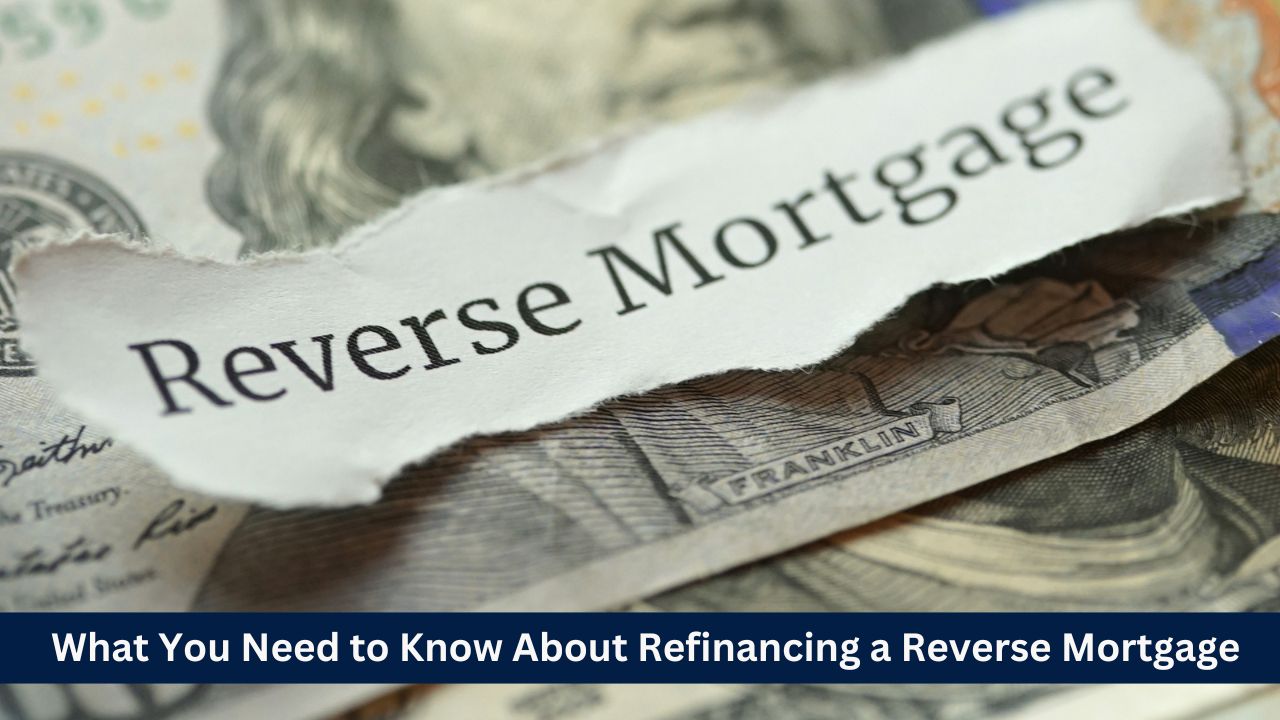Understanding Mortgage Payments and How to Calculate Them
 Knowing how to calculate mortgage payments can help you plan for homeownership and budget effectively. Several factors determine your monthly payment, including the loan amount, interest rate, and loan term. Here’s a step-by-step guide to understanding the process.
Knowing how to calculate mortgage payments can help you plan for homeownership and budget effectively. Several factors determine your monthly payment, including the loan amount, interest rate, and loan term. Here’s a step-by-step guide to understanding the process.
Key Factors in Mortgage Payment Calculation
Loan Amount – This is the total amount borrowed after the down payment. For example, if you’re purchasing a $300,000 home with a 20 percent down payment ($60,000), your loan amount would be $240,000.
Interest Rate – The cost of borrowing, expressed as a percentage. For example, a 4 percent annual interest rate means you’ll pay 4 percent of the remaining loan balance each year.
Loan Term – The length of time you will repay the loan. A 30-year mortgage means 360 monthly payments (30 years x 12 months).
Mortgage Payment Formula
The standard formula for calculating a fixed-rate mortgage payment is:
M = P [ i(1 + i)^n ] / [ (1 + i)^n – 1]
Where:
M = Monthly mortgage payment
P = Loan amount
i = Monthly interest rate (annual rate divided by 12)
n = Loan term in months
By substituting your specific loan details into this formula, you can determine your monthly payment.
Using a Mortgage Calculator
If you prefer a simpler approach, online mortgage calculators can quickly estimate your monthly payment. These tools allow you to adjust variables like the interest rate, down payment, and loan term to see how they affect your payments.
To use a mortgage calculator effectively:
• Enter your loan amount, interest rate, and loan term.
• Adjust inputs to compare different scenarios, such as increasing your down payment or choosing a shorter loan term.
• Ensure the estimated payment fits within your budget.
Once you have a payment estimate, consult a mortgage professional to explore your options. They can provide details on loan programs, closing costs, and pre-approval to help you move forward with confidence.

 If you have a reverse mortgage, you may be wondering whether refinancing is an option. The good news is that yes, you can refinance a reverse mortgage, and doing so may offer financial benefits depending on your situation. Here’s what you need to know about refinancing, including reasons to consider it, eligibility requirements, costs, and key factors to keep in mind.
If you have a reverse mortgage, you may be wondering whether refinancing is an option. The good news is that yes, you can refinance a reverse mortgage, and doing so may offer financial benefits depending on your situation. Here’s what you need to know about refinancing, including reasons to consider it, eligibility requirements, costs, and key factors to keep in mind. The PCE Index has aligned with expectations, and as the Federal Reserve’s preferred measure of inflation, it eases the sense of urgency for policy action. GDP data has also indicated continued economic growth, though this is tempered by future forecasts predicting a potential economic contraction. This outlook is further reflected in the Consumer Confidence report, which has shown a significant decline since the change in administration. Uncertainty is evident across lending and broader markets, affecting all aspects of the economy.
The PCE Index has aligned with expectations, and as the Federal Reserve’s preferred measure of inflation, it eases the sense of urgency for policy action. GDP data has also indicated continued economic growth, though this is tempered by future forecasts predicting a potential economic contraction. This outlook is further reflected in the Consumer Confidence report, which has shown a significant decline since the change in administration. Uncertainty is evident across lending and broader markets, affecting all aspects of the economy.